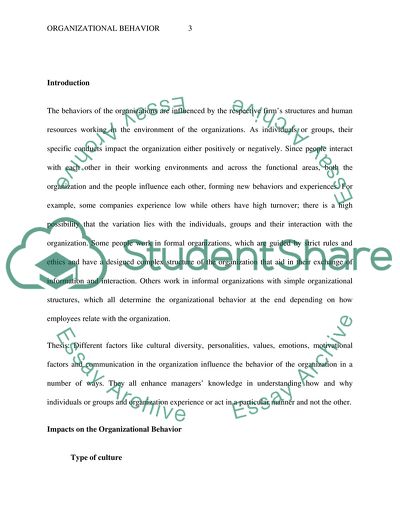Cite this document
(Organizational Behavior and Impacts on It Term Paper Example | Topics and Well Written Essays - 2250 words, n.d.)
Organizational Behavior and Impacts on It Term Paper Example | Topics and Well Written Essays - 2250 words. https://studentshare.org/psychology/1807951-organizatonal-behavior
Organizational Behavior and Impacts on It Term Paper Example | Topics and Well Written Essays - 2250 words. https://studentshare.org/psychology/1807951-organizatonal-behavior
(Organizational Behavior and Impacts on It Term Paper Example | Topics and Well Written Essays - 2250 Words)
Organizational Behavior and Impacts on It Term Paper Example | Topics and Well Written Essays - 2250 Words. https://studentshare.org/psychology/1807951-organizatonal-behavior.
Organizational Behavior and Impacts on It Term Paper Example | Topics and Well Written Essays - 2250 Words. https://studentshare.org/psychology/1807951-organizatonal-behavior.
“Organizational Behavior and Impacts on It Term Paper Example | Topics and Well Written Essays - 2250 Words”. https://studentshare.org/psychology/1807951-organizatonal-behavior.


